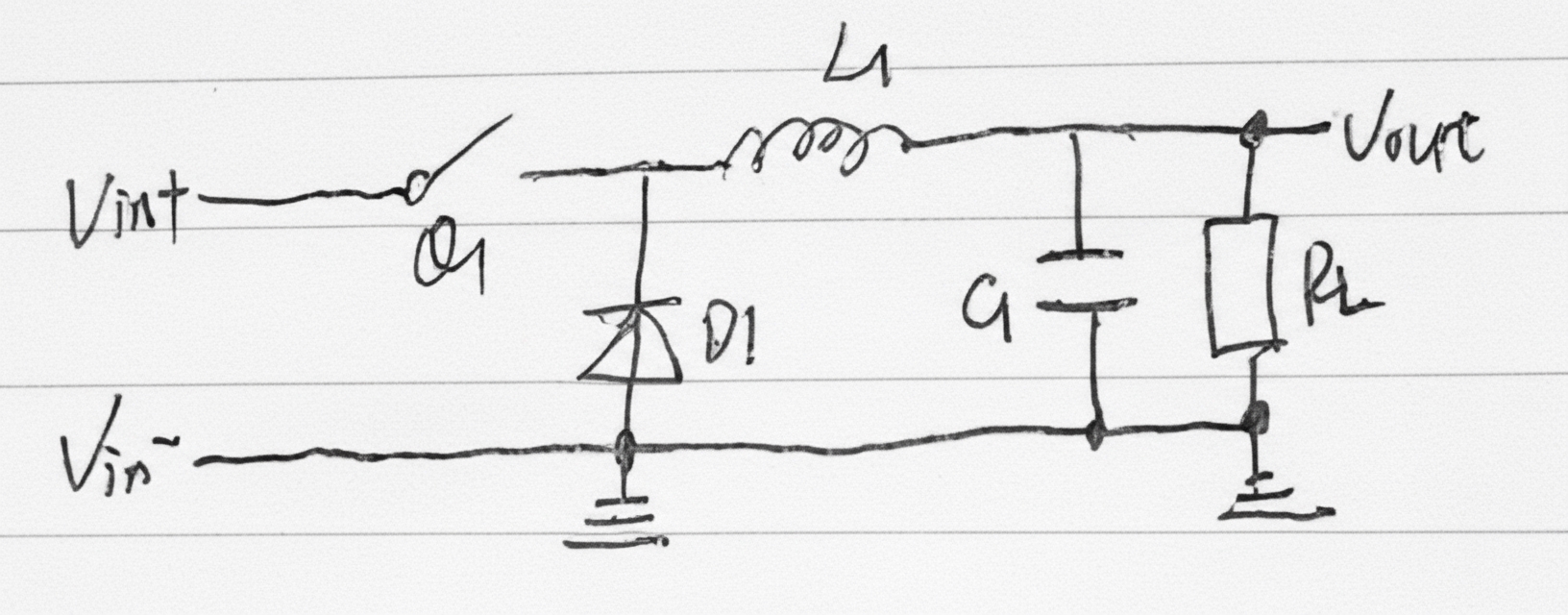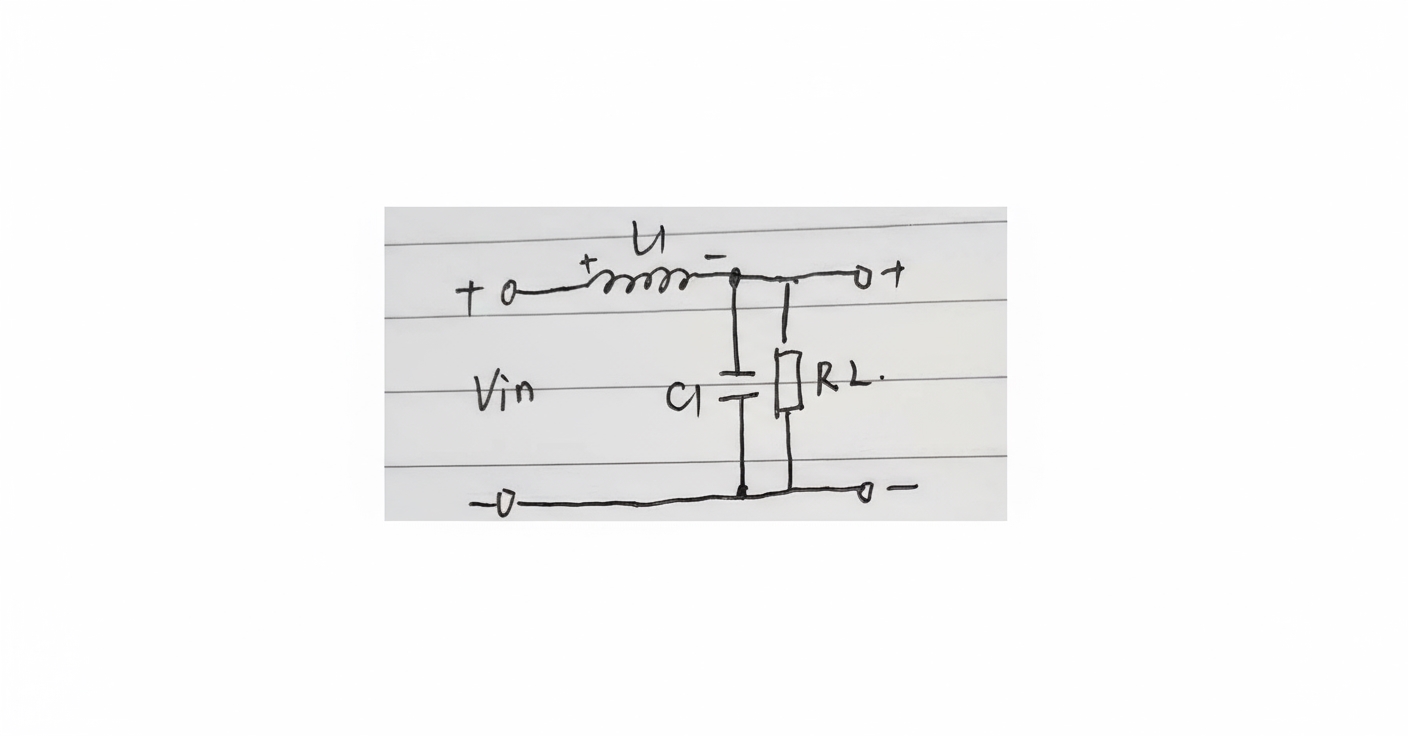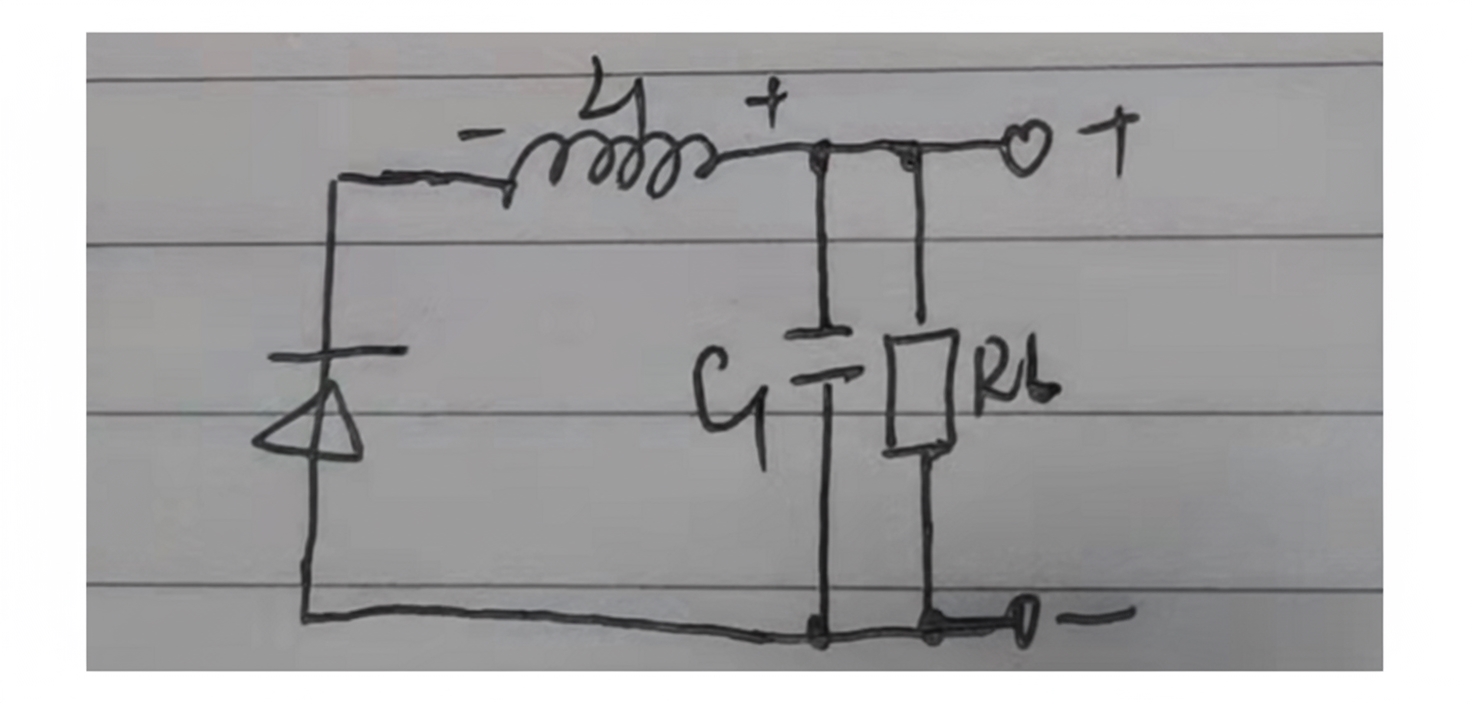Which component matters most?
Which component is most important in a buck converter: capacitor, diode, or inductor?
Power supply context
All electronic products require power, so power supplies are essential. Small devices such as watches and remote controls, up to 220 V household mains, are all power sources. In circuit design, various integrated circuits require different supply voltages.
A single chip may require multiple voltages (for example, a CPU may need 0.8 V, 1.0 V, 1.2 V; DDR4 memory may need 2.5 V, 1.2 V, 0.6 V; audio ICs may need 3.3 V). Typical available input supplies are a single voltage such as 19 V or 12 V, which cannot directly provide these lower voltages.
Buck converters address this problem by stepping down a higher DC voltage to the lower DC voltages required by different devices. The focus here is not the buck topology itself, but rather which component in a buck converter is most important and most difficult to design.
What is a buck converter?
A buck converter is a step-down switching circuit, a basic DC-DC topology used to convert a higher DC voltage to a lower DC voltage. The counterpart topology is the boost converter.
Basic schematic
Consider the basic buck model shown below.

In this model, the basic components are MOSFET Q1, inductor L1, capacitor C1, and diode D1.
Roles of the passive components
-
Capacitor. A capacitor stores charge under a given potential difference. Its roles include bypassing, decoupling, filtering, and energy storage. Bypass capacitors supply local energy to nearby circuits, smoothing regulator output and reducing instantaneous load demands. Decoupling capacitors accommodate changes in drive currents, prevent coupling interference between circuits, and lower high-frequency impedance between power and reference ground. Filtering is the process of charging and discharging. Energy-storage capacitors collect charge via rectifiers and deliver stored energy to the supply output through converters. In buck designs, capacitor selection must consider voltage rating and capacitance; in general, larger capacitance improves filtering performance.
-
Diode. The diode's primary characteristic is unidirectional conduction. Common functions include rectification, switching, clamping, freewheeling, detection, varactor action, indication, and regulation. In buck converters, diode selection should account for reverse voltage rating and forward current capability.
-
Inductor. Inductors provide filtering, resonance, delay, and notch functions. In simple terms, they pass DC and impede AC. Inductance is denoted L and measured in henry, millihenry, microhenry, and nanohenry. Inductor selection requires calculating the inductance value and choosing appropriate current ratings. Two important parameters are the saturation current (I_sat) and the current related to temperature rise (I_rms).
Buck converter operation
When the switch Q1 is turned on, the energy-storage inductor L1 is energized and the current through the inductor increases approximately linearly. The inductor charges capacitor C1 and supplies energy to load R1. The equivalent circuit is shown in Figure 1.

When the switch Q1 is turned off, the energy-storage inductor L1 discharges through the freewheeling diode and the inductor current decreases approximately linearly. The output voltage is maintained by the output filter capacitor C1 and the decreasing inductor current. In this circuit, diode D1 acts as the freewheeling diode. The equivalent circuit is shown in Figure 2.

Why the inductor is the main challenge
In buck converters, selecting capacitors and diodes is relatively straightforward. Choosing the inductor current rating is also manageable; as a practical approach, select an inductor whose saturation current and temperature-rise current values meet the requirements. However, selecting and calculating the inductance value is a common design challenge that often requires careful analysis.
 ALLPCB
ALLPCB





